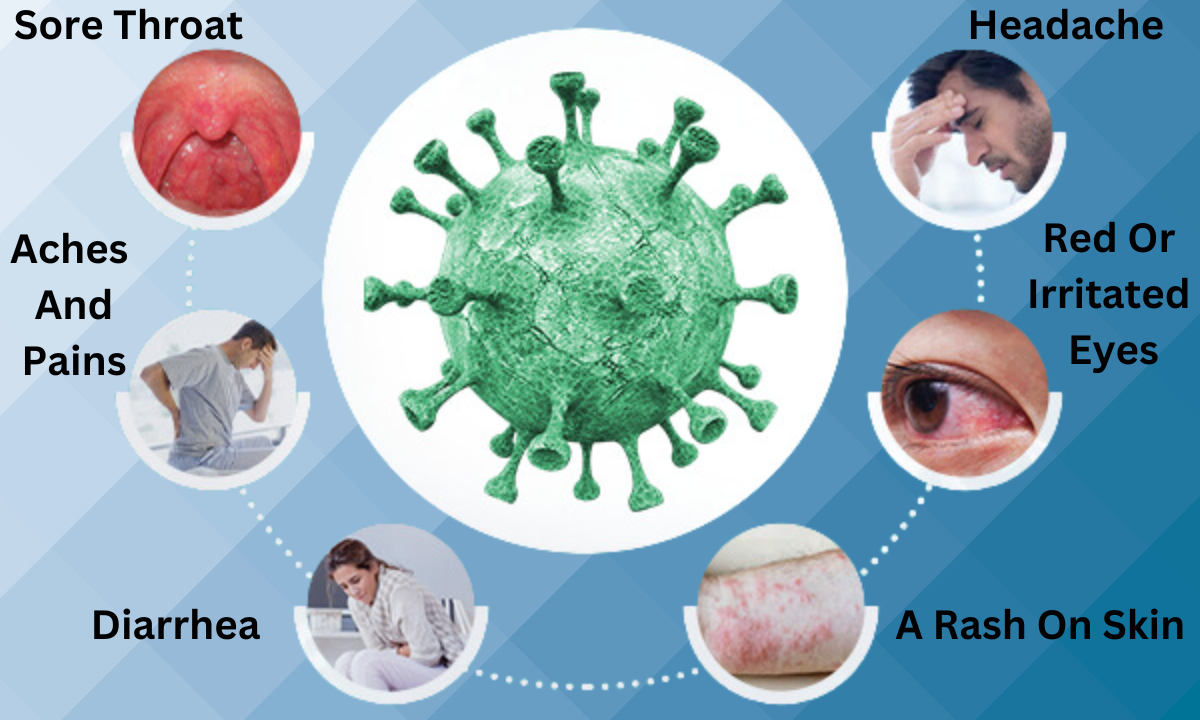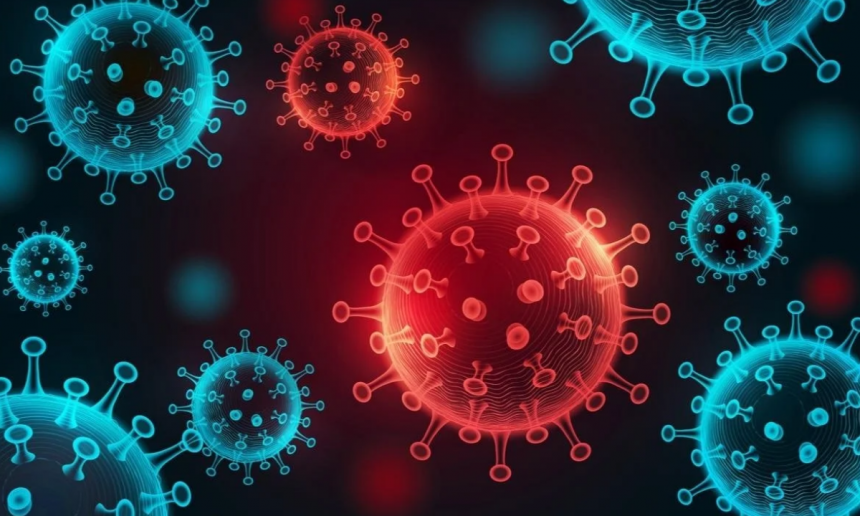Covid Symptoms 2024 remain similar to those observed earlier in the pandemic, though the prevalence of specific symptoms may vary with emerging variants. Common symptoms include:
- Fever or chills
- Cough
- Shortness of breath or difficulty breathing
- Fatigue
- Muscle or body aches
- Headache
- Sore throat
- Loss of taste or smell
- Congestion or runny nose
- Nausea or vomiting
- Diarrhea
Notably, the loss of taste or smell, which was a hallmark symptom in earlier COVID-19 cases, has become less common with newer variants.
The emergence of the XEC variant has been associated with symptoms such as sore throat, runny or stuffy nose, cough, fatigue, and headache.
Given the overlap of COVID-19 symptoms with those of the flu and common cold, it’s challenging to distinguish between these illnesses based on symptoms alone. Testing remains essential for accurate diagnosis.
If you experience symptoms consistent with COVID-19, it’s advisable to get tested and consult a healthcare provider for appropriate guidance.
Covid-19 short for “Coronavirus Disease 2019,” is an infectious disease caused by the novel coronavirus SARS-CoV-2. First identified in Wuhan, China, in late 2019, it quickly spread worldwide, leading to a global pandemic. COVID-19 primarily spreads through respiratory droplets from an infected person, making it highly contagious. Symptoms range from mild, such as fever, cough, and fatigue, to severe, including difficulty breathing and pneumonia, especially in vulnerable populations like the elderly or those with pre-existing health conditions. Preventive measures include wearing masks, practicing social distancing, frequent handwashing, and vaccination. The pandemic had far-reaching impacts on public health, economies, and daily life, highlighting the importance of global cooperation and healthcare preparedness.
Where do coronaviruses come from?
Coronaviruses are a large family of viruses commonly found in animals, including bats, camels, and certain wild mammals. These viruses can occasionally jump from animals to humans through a process called zoonotic transmission. The exact origin of coronaviruses varies by strain, but many are believed to originate in bats, which act as natural reservoirs for the viruses. In some cases, intermediate hosts, such as civet cats for SARS-CoV or camels for MERS-CoV, play a role in transmitting the virus to humans. SARS-CoV-2, the virus responsible for COVID-19, is also thought to have originated in bats, with a possible intermediate host yet to be definitively identified. Human interactions with wildlife, particularly in settings like live animal markets, increase the likelihood of such transmissions. Understanding these origins helps researchers track, prevent, and manage outbreaks.
How do you get COVID-19?
COVID-19 spreads through respiratory droplets when an infected person coughs, sneezes, talks, or breathes, by touching contaminated surfaces and then your face, or through close contact with an infected individual.
Symptoms of covid-19
COVID-19 symptoms vary from mild to severe and can appear 2–14 days after exposure to the virus. Here’s a detailed explanation of common, less common, and severe symptoms:
 Covid Symptoms 2024
Covid Symptoms 2024
Common Symptoms (Most frequently reported):
- Fever or chills: A high temperature is one of the earliest signs.
- Cough: Persistent, dry cough is a hallmark symptom.
- Fatigue: Feeling extremely tired and weak.
- Shortness of breath: Difficulty breathing, especially during activity.
- Loss of taste or smell: A sudden and unusual loss of these senses is distinctive for COVID-19.
Less Common Symptoms:
- Sore throat: Irritation or pain in the throat.
- Headache: Mild to severe headaches may occur.
- Muscle or body aches: Generalized pain in muscles and joints.
- Congestion or runny nose: Nasal symptoms similar to a cold.
- Nausea or vomiting: Some individuals feel sick to their stomach.
- Diarrhea: Gastrointestinal upset in some cases.
Severe Symptoms (Require immediate medical attention):
- Difficulty breathing: Severe shortness of breath or labored breathing.
- Persistent chest pain or pressure: A sign of lung or heart stress.
- Confusion: Disorientation or difficulty concentrating.
- Inability to wake or stay awake: Extreme lethargy.
- Bluish lips or face: Indicates low oxygen levels.
What treatments do people receive if they have COVID-19?
Treatment for COVID-19 depends on the severity of the illness:
- Mild Cases: Rest, hydration, and over-the-counter medications for symptom relief.
- Moderate to Severe Cases: May require antiviral medications like Paxlovid (nirmatrelvir and ritonavir) and hospitalization for supportive care, including oxygen therapy.
- Critical Cases: Intensive care with mechanical ventilation and medications such as corticosteroids to reduce inflammation.
Depending on the severity of your COVID symptoms, you may need:
Mild Symptoms:
- Rest and hydration
- Over-the-counter medications like acetaminophen or ibuprofen for fever and pain
- Antiviral medications (e.g., Paxlovid) if at high risk of severe illness
Moderate Symptoms:
- Close monitoring at home or in outpatient settings
- Prescription antiviral or monoclonal antibody treatments
Severe Symptoms:
- Hospitalization for oxygen therapy or intensive monitoring
- Corticosteroids like dexamethasone to reduce lung inflammation
- Anticoagulants to prevent blood clots
Critical Symptoms:
- Mechanical ventilation or advanced life support in an ICU
- Targeted therapies based on individual complications



